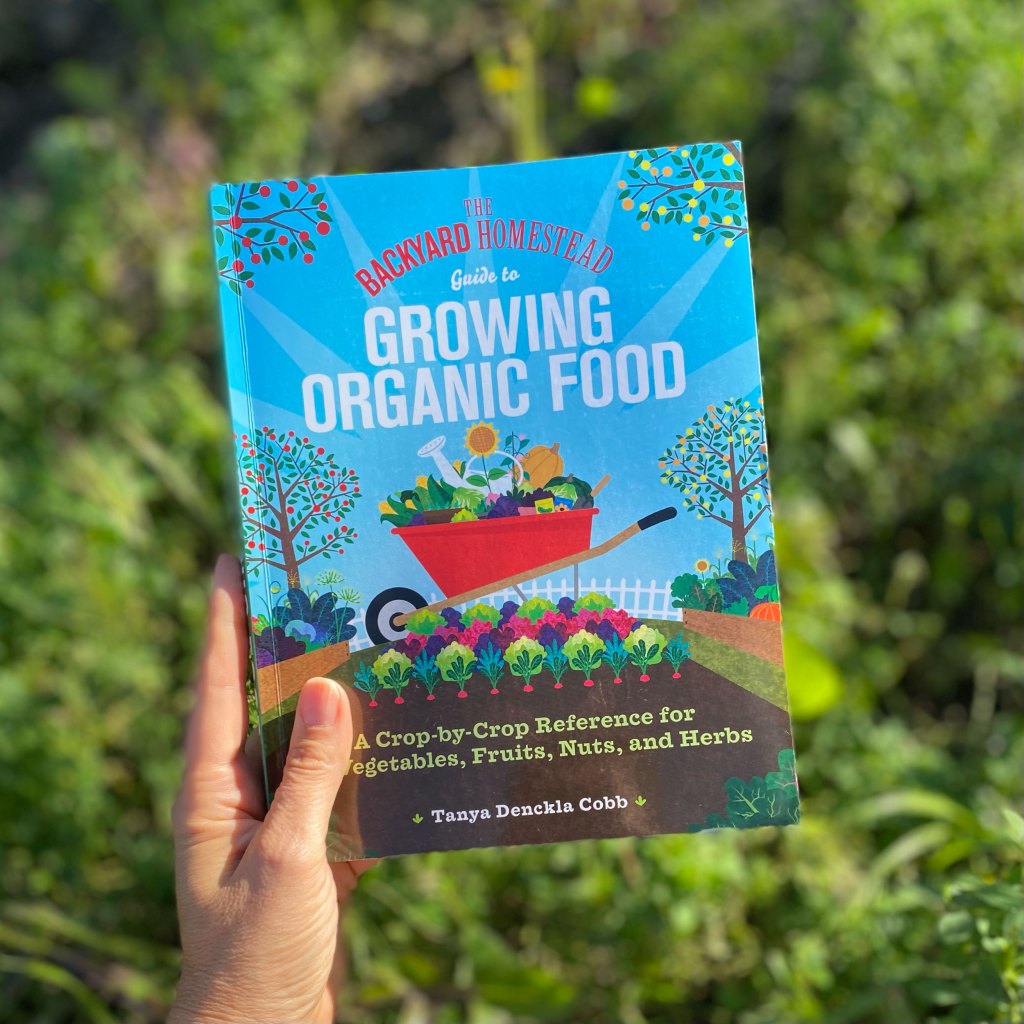
In The Backyard Homestead Guide to Growing Organic Food, author Tanya Denckla Cobb shares that over the long term, self-sustaining gardens require the least amount of money and time.
A self-sustaining garden or farm differs from a sustainable garden in one major respect: It supplies all of its own essential nutrients for balanced growth, from organic matter for compost to micronutrients for healthy plants, whereas the sustainable garden or farm may import many of these materials from off-site. A self-sustaining garden doesn’t require importation of beneficial insects because they are already there. It doesn’t require the application of imported lime to buffer the effects of acid soil, because earthworms and compost generated on-site are present to do the buffering.

Becoming a steward of a self-sustaining garden is eminently achievable. Most of us will probably need to begin with a sustainable garden—bringing in soil amendments, beneficial insects, and whatever else might be needed to improve the quality and productivity of our soils and growing environment. But our vision need not end there. Why not aim to create a healthy garden ecosystem that eventually provides for itself, does not require chronic soil amendments or importation of beneficial insects, and that becomes self-sustaining? With our increasingly demanding lifestyles, this approach may ultimately be the most time and energy efficient and rewarding.
As a steward of a self-sustaining garden, your first job is to recognize that your garden will never be “perfect.” There will always be some plant damage. In fact, a garden with no plant damage would suggest that something is unbalanced. Because your garden is not a machine, and because your plants do not come from a factory, you will see variations in your garden conditions and plant productivity from year to year.
Your second job is patience. It usually takes at least several years to establish an ecosystem that operates in your favor—an ecosystem with earthworms, insect-eating birds, beneficial predatory insects, soil with organic matter sufficient to drain well yet retain water to prevent runoff, and soil nutrient levels that support healthy plant growth.
The advantage of a self-sustaining garden is that it requires the least amount of money and time in the long term. You may need to invest in a first colony of earthworms, build or buy birdhouses, buy compost and organic matter before your garden produces it for you, and perhaps even buy irrigation soaker hoses and row-cover material. But in several years, these investments should reward you with a healthy garden that doesn’t require lots of imported materials or time-consuming pest controls.
As steward of a sustainable garden that is evolving toward a self-sustaining garden, your strategy is simple: Focus on building healthy soil and ecosystems. Above all, do not panic when you see pests or diseases in your garden. The plant world is amazingly resilient, and studies have shown that plants can lose up to 20 percent of their foliage without a significant reduction in yields.
Excerpted from The Backyard Homestead Guide to Growing Organic Food by Tanya Denckla Cobb.
